
Léo Delafontaine
Barentsburg, named after the Dutch explorer Willem Barentsz, is an Arctic mining town in Svalbard, 55 kilometers from Longyearbyen in Norway. It is owned by the Arktikugol trust, a Russian company employing principally Ukranian workers. In 1920, the Spitzberg Treaty allocated the Svalbard region to Norway under two conditions:...
Barentsburg, named after the Dutch explorer Willem Barentsz, is an Arctic mining town in Svalbard, 55 kilometers from Longyearbyen in Norway. It is owned by the Arktikugol trust, a Russian company employing principally Ukranian workers.
In 1920, the Spitzberg Treaty allocated the Svalbard region to Norway under two conditions: The area must be demilitarized and each of the countries signing the treaty must be able to exploit the underground resources. Russia is the only remaining country to take advantage of these rights, mainly for geopolitical reasons as the mine has never been profitable. Barentsburg was therefore a frontline observation post during the cold war and will be a strategic position in the new maritime routes that will open up in the Arctic if ice cap melting worsens.
During the cold war, the town underwent an economic boom and had up to 1500 inhabitants. The Soviet population in Svalbard even outnumbered the Norwegian population at that time. Today, 370 people still live in this abandoned town which has no bars or restaurants. And what use would they be? Since no-one there has cash, only a smart card that automatically debits anything you buy from your pay. The Ukrainian or Tajik miners only receive their pay at the end of their contract. In the meantime, they bide their time between working in an unhealthy mine, Arctic nights and a lack of entertainment.
Barentsburg - a snapshot of the vestiges of the former Soviet power.
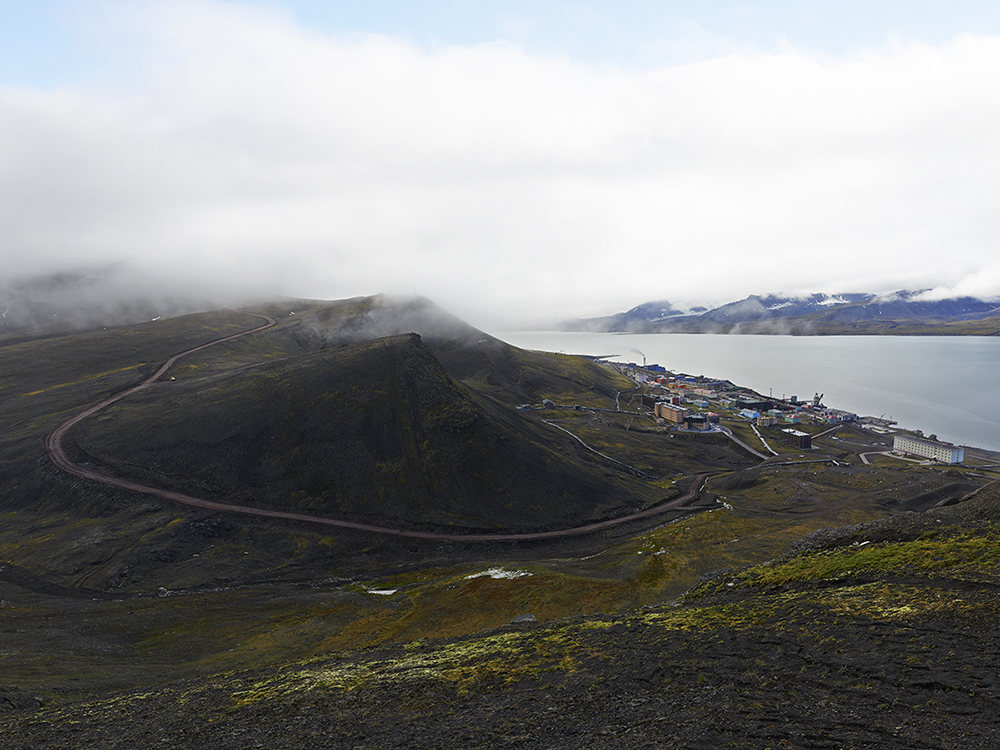
Barentsburg.
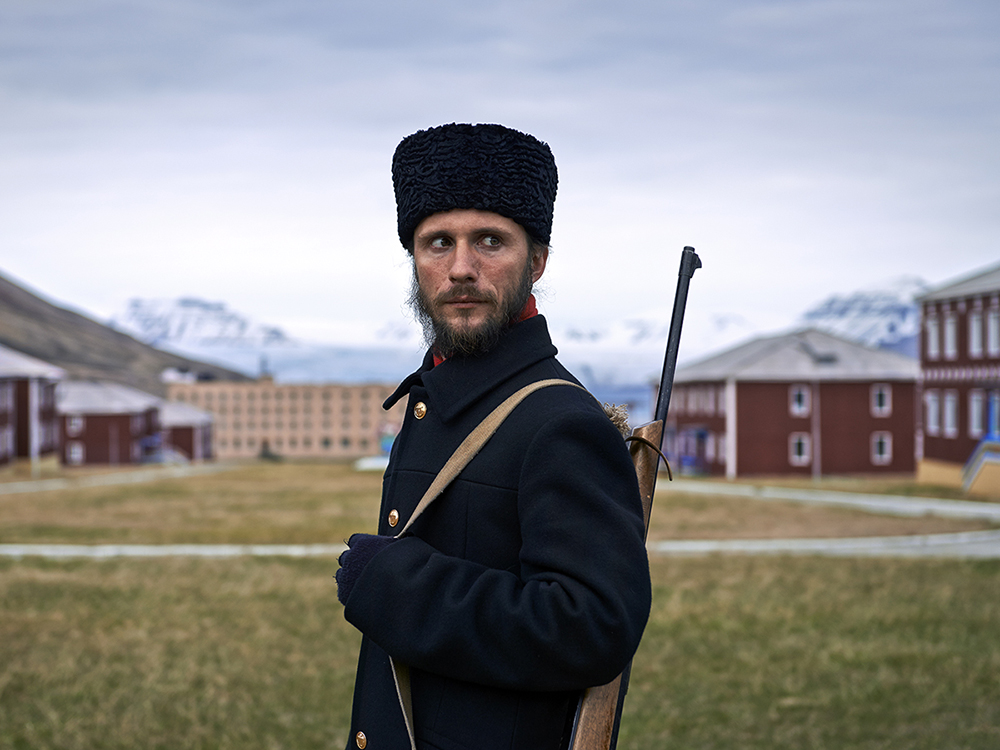
Sasha, guide.
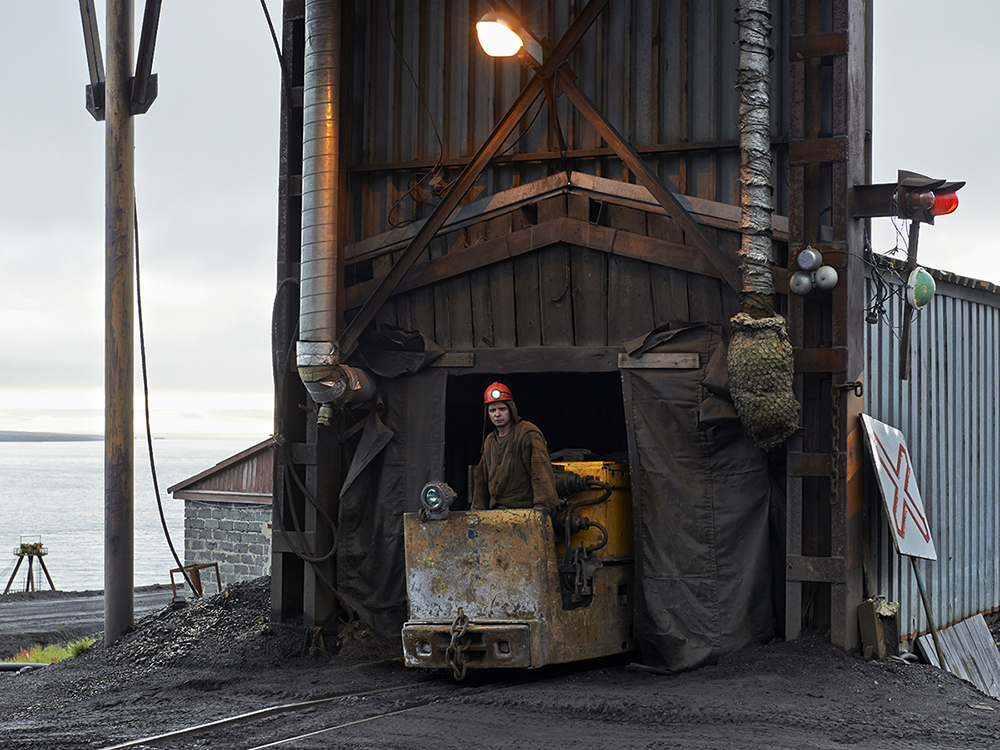
Igor, miner.
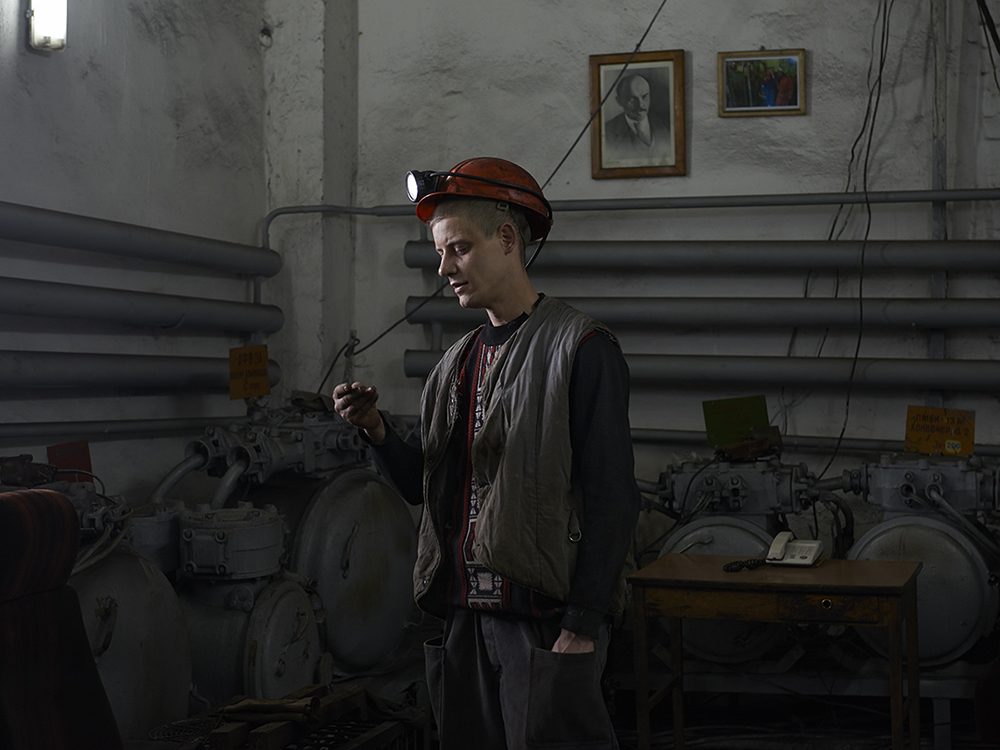
Anton, miner.
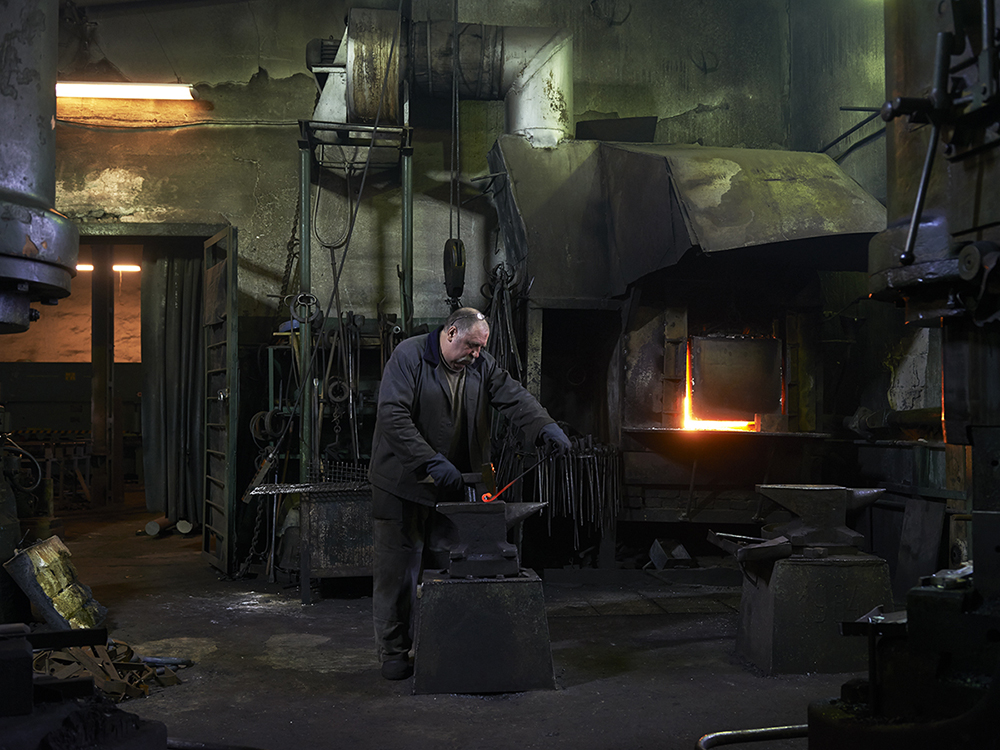
Anatoly, blacksmith.
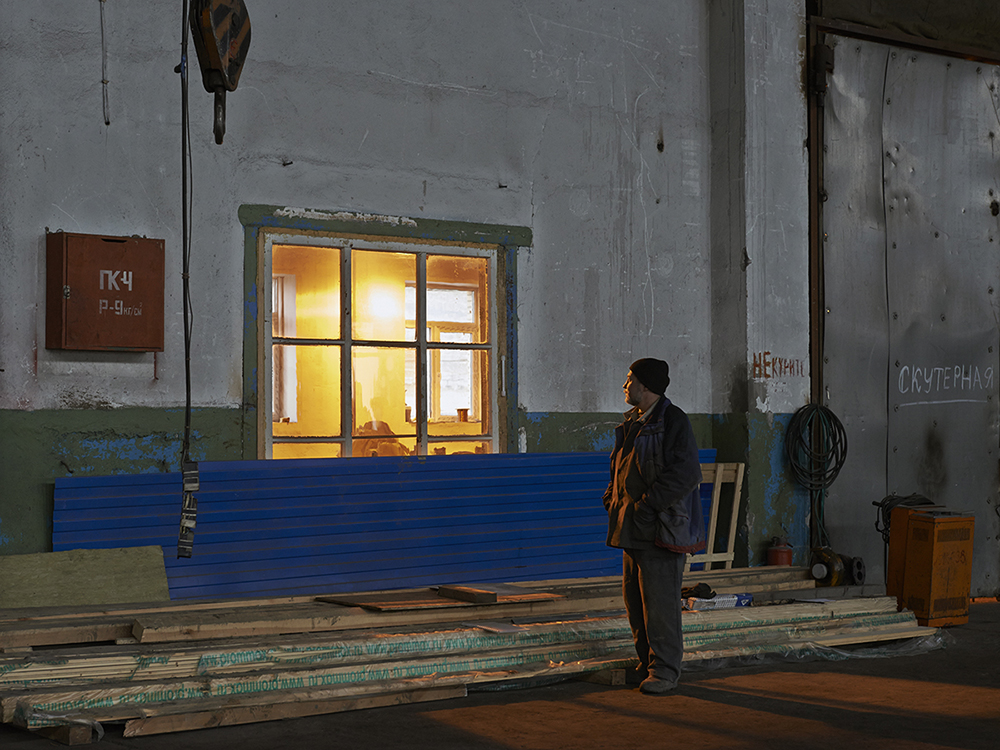
Kolya, warehouseman.
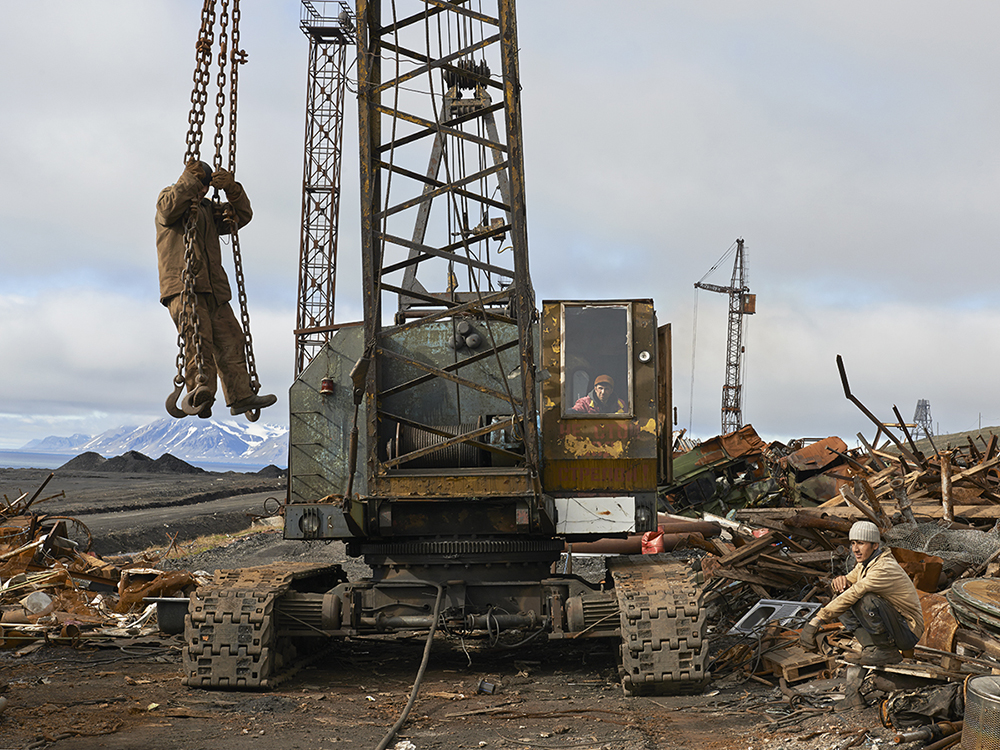
The dump.
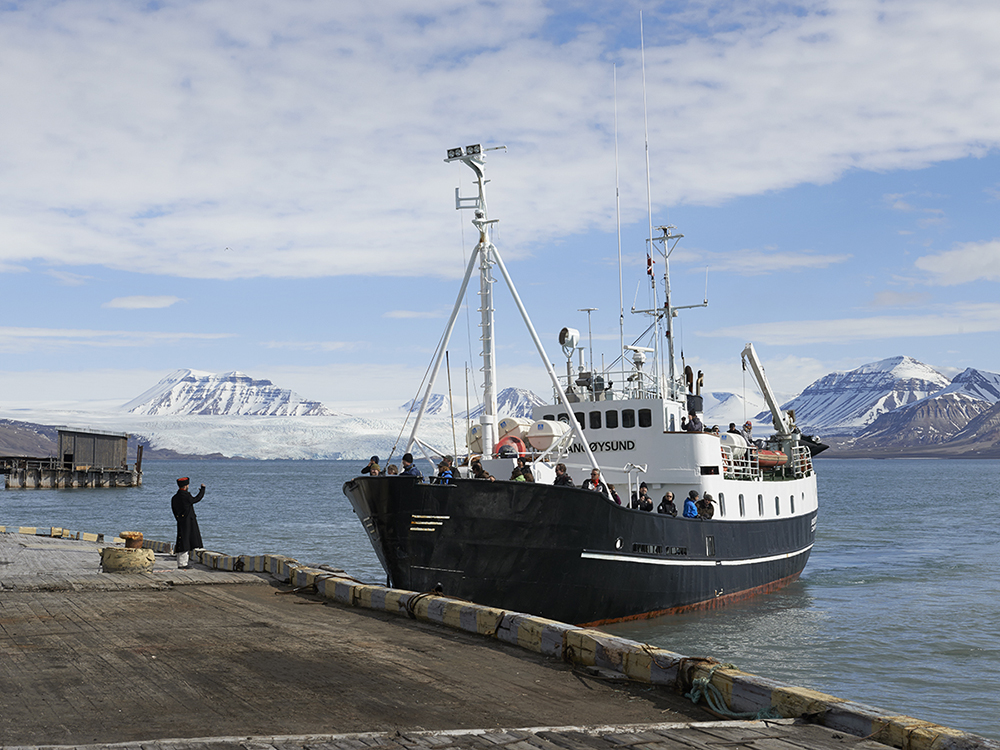
Tourists.
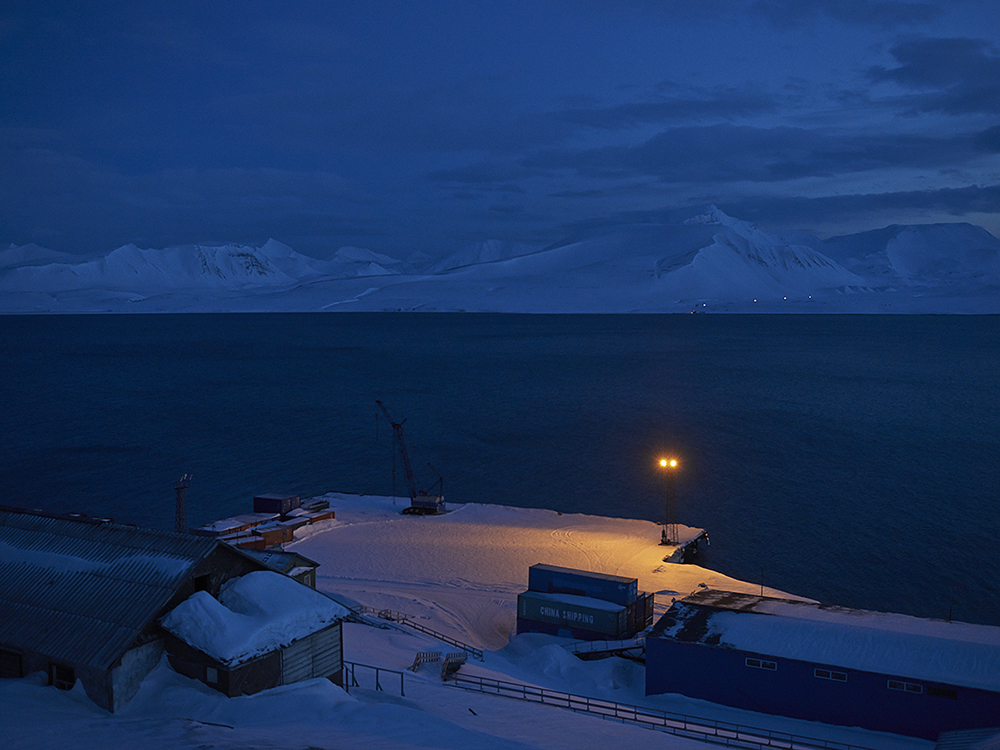
The harbour.

The consul's daughter.



